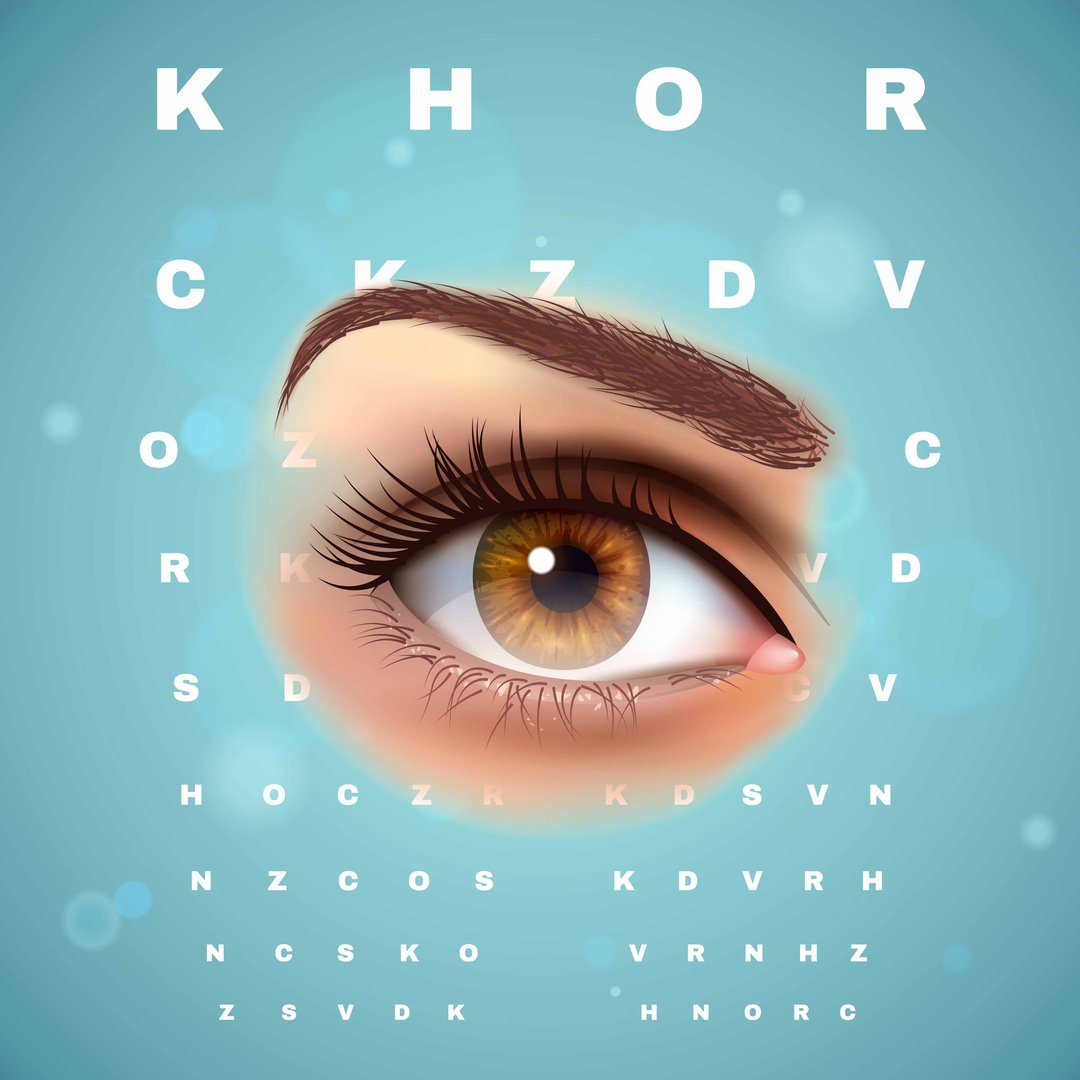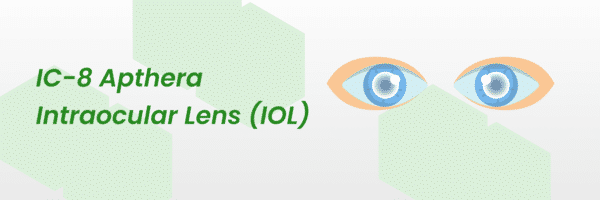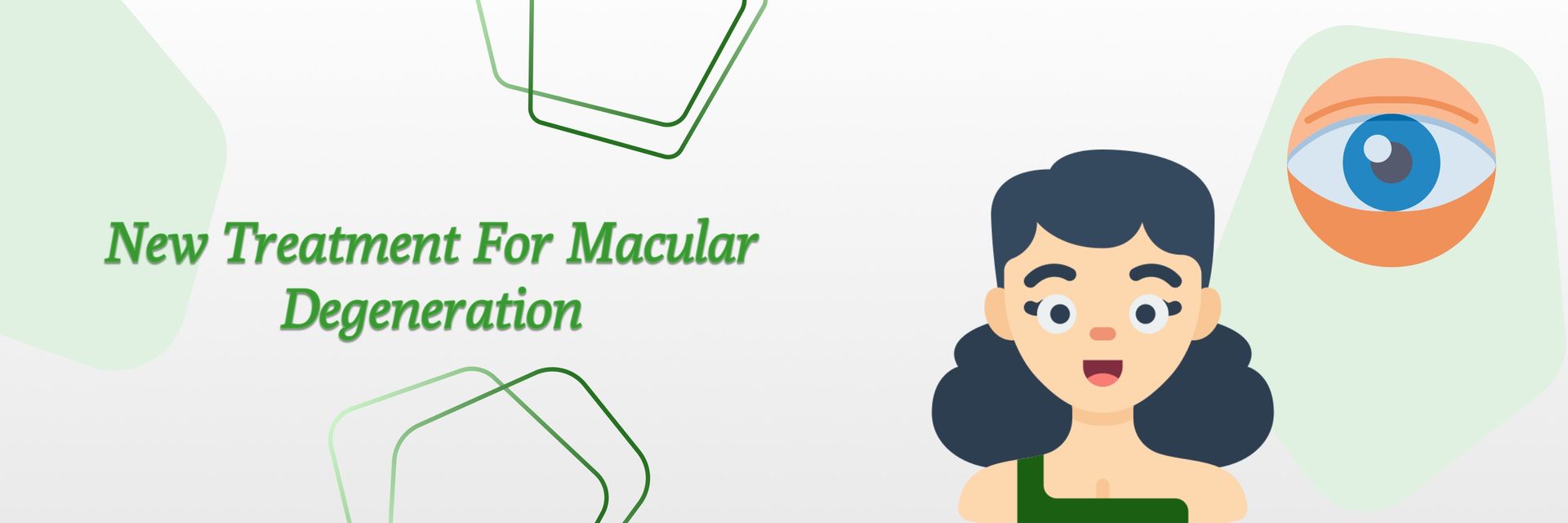Astigmatism is a common eye problem that causes fuzzy, blurred, or distorted vision due to an error in the shape of the cornea. It is a condition where the front surface of the eye, i.e. The lens of the eye or the cornea has an irregular curve due to which the rays entering the eyes is refracted more in one direction as compared to the other. Hence, focusing only part of the object at a time, objects that are far away can appear blurry.
It causes blurred vision and can be corrected with glasses, contact lenses, or refractive surgery. In India, several treatment options are available for astigmatism, including corrective lenses, laser surgery, and corneal implants. These treatments can help improve vision and reduce symptoms of astigmatism.
In this article, we will discuss the various treatments for astigmatism available in India, their pros and cons, the cost of treatment, and how to choose the best option for you in India.
Now let's discuss what are the different types of astigmatism!
What are the different types of astigmatism?
There are three main types of astigmatism:
- Myopic: This is a situation where one or both principal meridians are near-sighted.
- Hyperopic: This is a situation where one or both the meridians are farsighted.
- Mixed: This happens when one of the principal meridians is farsighted and the other is nearsighted.
Most of the time astigmatism occurs early in life, so early eye examinations are very important in order to treat such vision problems.
What are the causes of Astigmatism?
Astigmatism is caused by an irregular shape of the cornea or lens inside the eye. The cornea and lens are usually rounded, but in astigmatism, they are shaped more like a football or egg. This irregular shape causes light to enter the eye in a distorted way, leading to blurred or distorted vision.
There are several factors that can contribute to the development of astigmatism-
1)genetics,
2)an eye injury,
3)or an underlying eye disease like keratoconus.
In some cases, astigmatism can develop as a result of certain medical conditions or treatments, such as cataract surgery or LASIK.
It is important to have regular eye exams to detect astigmatism and any other vision issues as early as possible, so that appropriate treatment can be sought.
What are the different symptoms of Astigmatism?
The symptoms of Astigmatism might not be the same for everyone. It differs from person to person. Some people might not have any symptoms at all.
Astigmatism can cause a variety of symptoms, including:
- Blurred or distorted vision: Depending on the severity of astigmatism, objects may appear blurry or distorted at all distances.
- Eyestrain or headache: Squinting to see clearly or constantly focusing on a distorted image can cause eye strain and headache.
- Squinting or tilting of the head: To see more clearly, some people with astigmatism may squint or tilt their heads to a certain angle.
- Double vision in one eye: In some cases, astigmatism can cause double vision in one eye.
- Difficulty seeing fine details: Astigmatism can also make it difficult to see fine details, such as text on a computer screen or small print in a book.
- Asthenopia (eye fatigue): People with astigmatism may experience eye fatigue, especially when performing activities that require prolonged use of the eyes, such as reading or working on a computer.
It is important to see an eye doctor for a proper diagnosis and treatment of astigmatism.
Who can get Astigmatism?
Astigmatism can occur in anyone, regardless of age, gender, or ethnicity. It often runs in families, and certain medical conditions, such as injury, eye surgery, or certain diseases can also increase the risk of developing astigmatism.
It can occur in both children and adults. However, you are more likely to get astigmatism if you have any of the following.
- If you have a family history of astigmatism or any disorders related to the eyes.
- Thinning or scarring of your cornea.
- If you have excessive nearsightedness, where you cannot see objects that are far away.
- If you have excessive farsightedness, where you cannot see objects that are close to you.
- If you have undergone Eye surgery such as cataract surgery.
How is Astigmatism Diagnosed?
A routine eye exam helps to detect astigmatism. An optometrist may use several tests to diagnose Astigmatism.
Below are some of the tests which are used to diagnose Astigmatism:
- Refraction Test: This test is done with the help of an optical refractor. It is a machine with multiple corrective glass lenses of different strengths. You will be asked to read a chart while looking through these lenses. This will help your doctor to find the exact lens that corrects your vision.
- Keratometry: This test is used to measure the curvature of your cornea with the help of an instrument known as a keratometer.
- Visual Acuity Assessment Test: During this test, you will be asked to read letters from a chart that is at a specific distance. This will help your doctor to know how well you can see the letters.
What are the different treatments for Astigmatism in India?
- Corrective lenses: Astigmatism can be treated with corrective lenses. It is one of the most common treatments for astigmatism.
Below are the two types of corrective lenses:
- Eyeglasses: Eyeglasses are made up of special lenses that help to correct the uneven shape of an eye. Apart from astigmatism, they can also correct other refractive errors.
- Contact lenses: Astigmatism can also be corrected by contact lenses. There are a variety of contact lenses e.g. – hard, soft, disposable, rigid, bifocal, etc. You must consult your doctor before choosing the contact lenses in order to know which contact lens is best for you. Contact lenses are also used in Orthokeratology treatment where you have to wear rigid contact lenses for a limited period of time in order to correct the irregular curvature of your eyes. However, once you stop this treatment, your eye will return to its previous shape. Using contact lenses for a long period of time can lead to infection in the eye.
- Refractive Surgery: In severe cases, your doctor may suggest Refractive surgery. This surgery helps to correct the problem by reshaping the eye surface.
The following are the methods of refractive surgery:
- LASIK Surgery (Laser-assisted in-situ keratomileusis): There are many types of surgeries to correct your vision and Lasik eye surgery is one of them. This can prove beneficial for people suffering from astigmatism, farsightedness, nearsightedness, etc. This surgery helps to reshape the front part of an eye, which is known as the cornea. The surgeon makes a thin circular cut into the cornea with the help of an instrument known as keratome or with a special cutting laser, and then the flap is lifted in order to shape the cornea under the flap. This is done with the help of an excimer laser. An excimer laser does not produce heat like other lasers. We have listed some of the best ophthalmologists in India and top Indian cities - Mumbai, Delhi, Bangalore, Chennai, Pune, Ahmedabad, Surat, and Hyderabad for Lasik Surgery. The cost of Lasik eye surgery in India depends on various factors such as cities or hospitals.
- Lasek Surgery (Laser-assisted subepithelial keratomileusis): It is better to go for LASEK Surgery if you have a thin cornea or you are at a high risk of having an eye injury at your workplace. In this surgery, the surgeon folds back the much thinner layer of the cornea, which protects your eyes or makes them less vulnerable to damage.
- Photorefractive Keratectomy (PRK): In this treatment, the outer protective layer of the cornea is removed before using an excimer laser to shape the cornea.







